Milkweed buds have become one of my favorite summer vegetables. They're beautiful to look at, and watching their transformation from bud to flower has changed my thoughts about what qualifies as a vegetable in general.
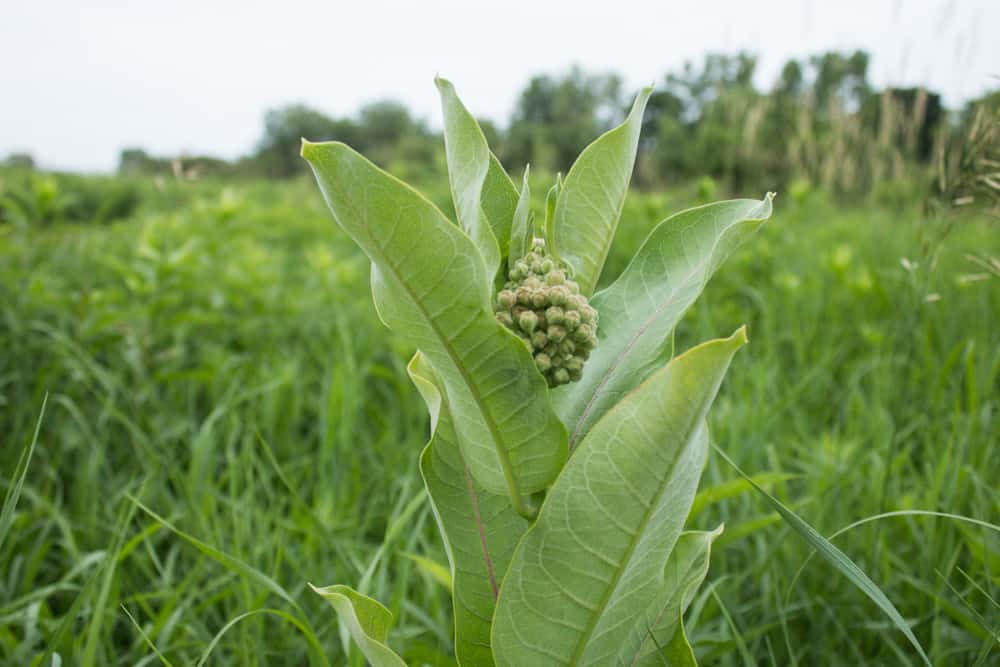
Note: This post only covers the edible buds of common milkweed. For a full tutorial and breakdown of every edible part of the plant I know, please refer to my Guide to Milkweed.
These will grow on roadsides and in forest clearings and open areas in parks. Even though they will fruit like crazy along busy roadsides, resist the temptation to pick since they're been exposed to toxins and things you probably don't want to ingest.
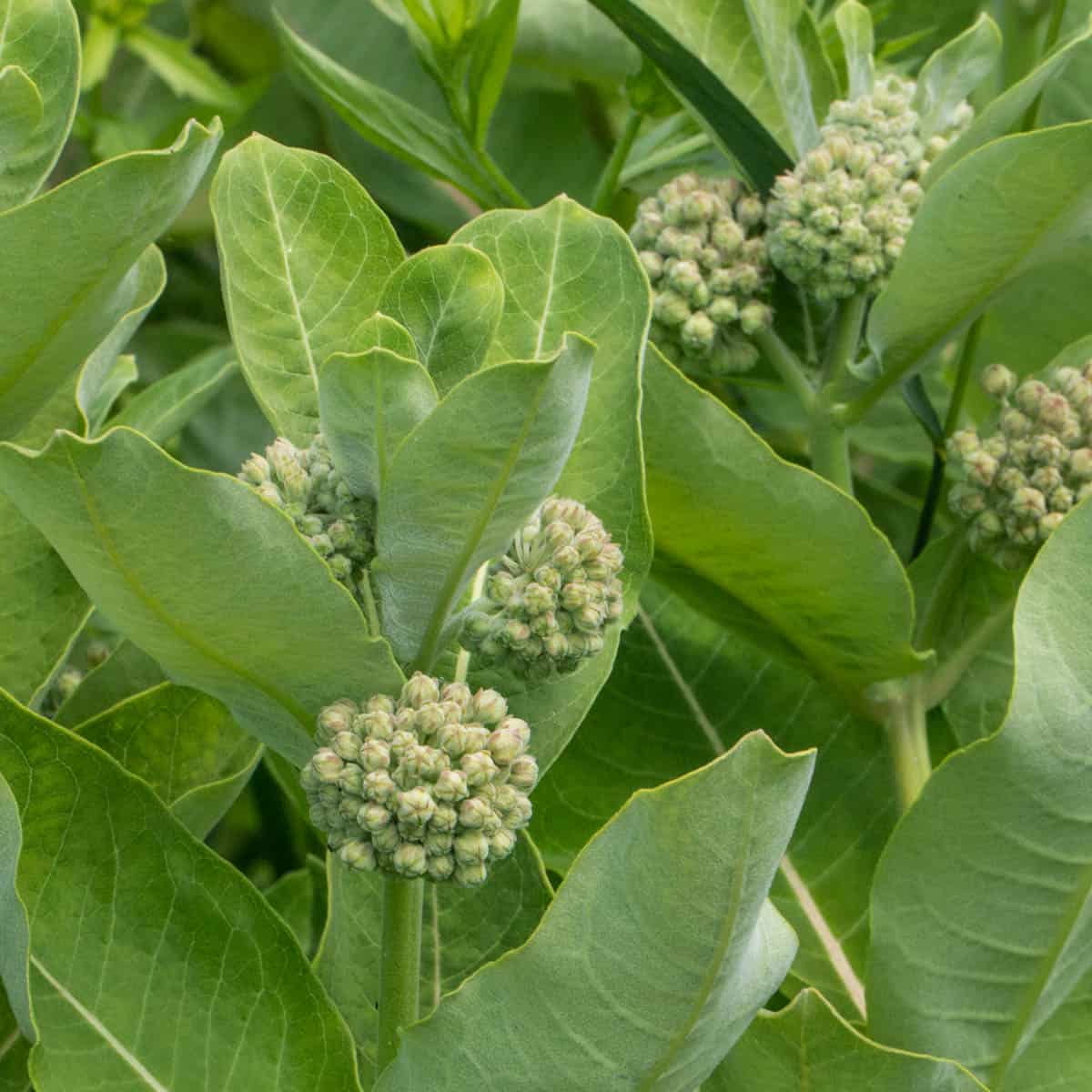
You want the small, tight green buds here, they're better eating and not as loose as when they start to turn purple and prepare to flower. Some people only pick the buds too, and that's fine, but the entire cluster of buds, stems and leaves are edible, and can be cooked like a vegetable (see above), just remember to leave a few of the buds around for the monarch butterflies.
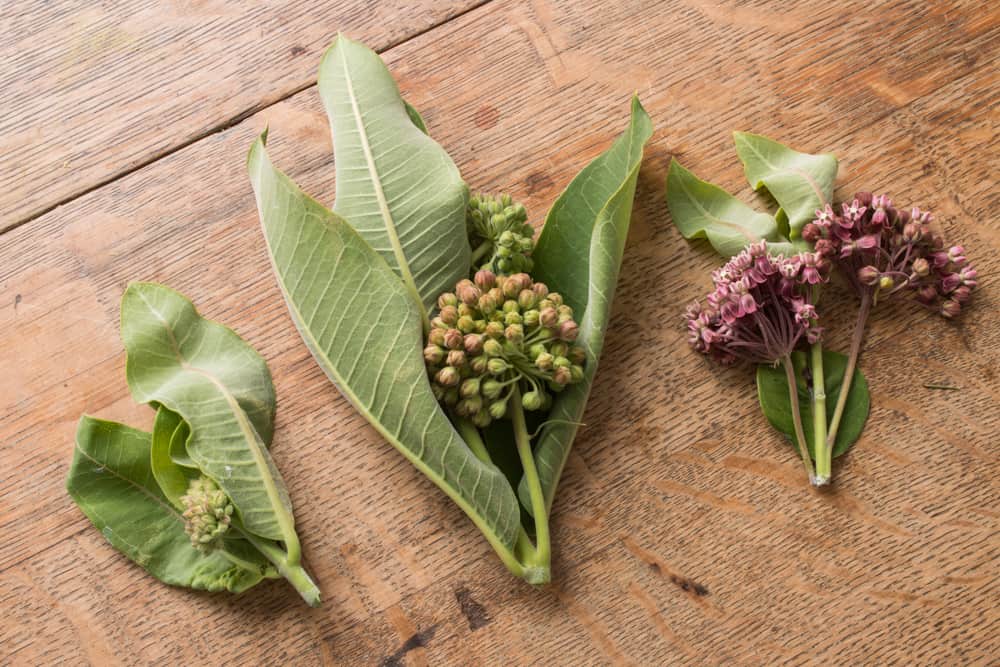
You'll only have a week or two to gather these each year before they start to flower, but the flowers can be eaten as well, snipped like chives from the bud, I like using them as a fun savory garnish lately on fish or poultry, but their perfume is so strong and fruity they can even be soaked in simple syrup to make a cordial for drinks or a fun wildflower sorbet, there's plenty of possibilities.
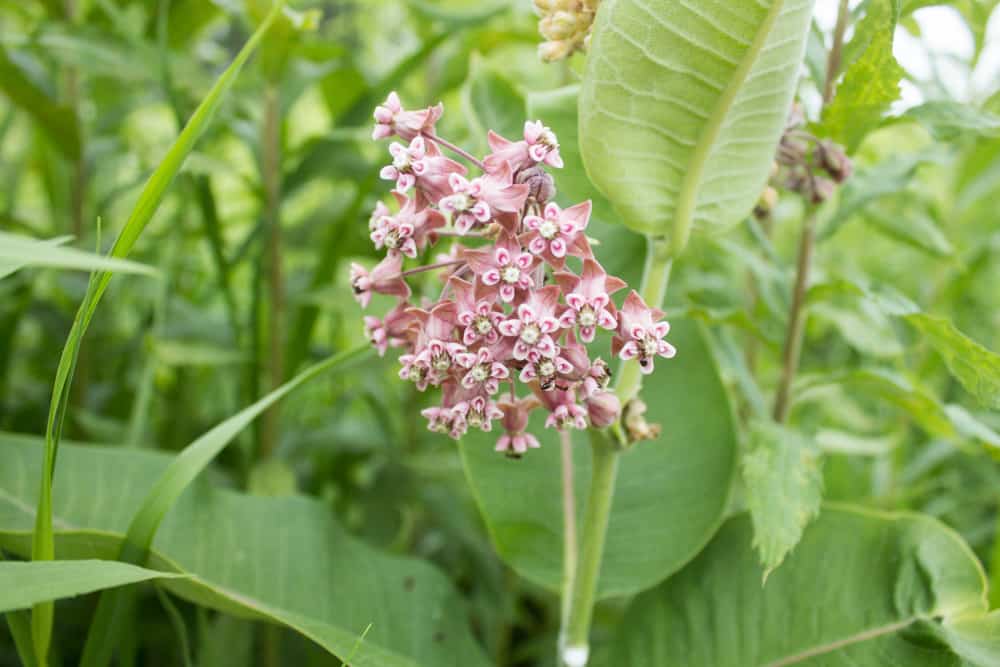
When dreaming up things and flavors to pair with milkweed, I think of the flavor of green beans and asparagus, and I use it wherever I'd use either of them. Simple preparations are the best here, you just want to cook them, season them to taste with salt and throw them on a plate, don't make things too complicated, just let them be what they are, maybe with a touch of lemon and butter.
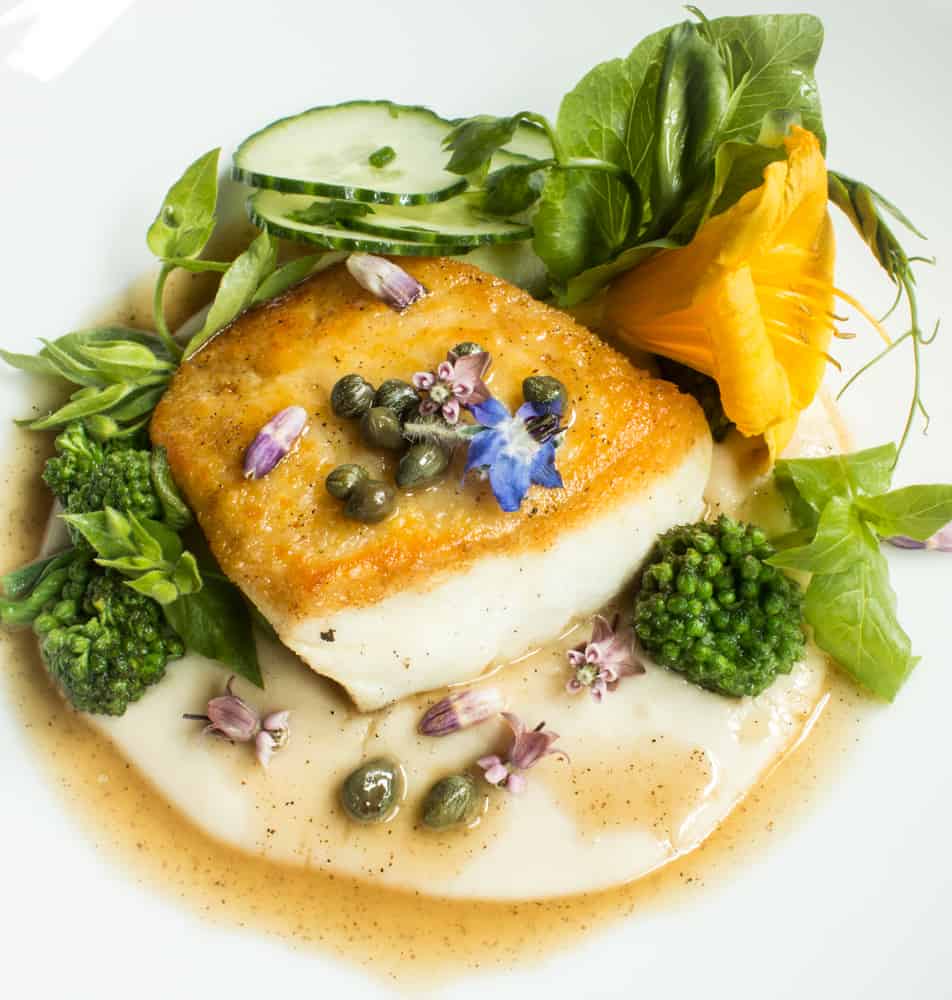
Safety
One thing hotly debated with milkweed is if they should be boiled before cooking or not. I vote not to boil. In my mind, if you boil a milkweed bud, especially in multiple changes of water like some authors claim is necessary for safety, you might as well just throw them in the trash as you're going to have a mushy pile of off-green muck.
But, if you want to serve these to others, you need to make sure your guests have eaten them before, and blanching, not extended or repeated boiling, is how I would do that. I'll outline a method at the bottom of the post.
Personally, I prefer to steam them quickly until cooked, or warm a little butter in a pan, throw the buds in raw, cook them until they're hot throughout, season to taste with salt and add them to a dish. Make sure they're cooked, and, again, don't eat tons of them if you haven't before.
If you're worried about safety, I'll tell you that I've had no problems with eating modest amounts of milkweed buds every year when they're in season, I've had one friend say he got a small amount of indigestion after eating a large amount once, but you can get indigestion from eating too much ice cream too.
Here's a simple, but exact recipe you can use to get the hang of cooking these. They need nothing more than butter, a sprinkle of your favorite salt, and a touch of lemon.
Related Posts
Steamed Milkweed Buds
Equipment
- 1 pot with steamer basket
Ingredients
- 2 oz Milkweed buds per person
- Kosher Salt
- Salted butter or Good tasting oil, such as extra virgin olive
- Water for steaming
- Fresh lemon wedges for serving
Instructions
- Bring a pot of water with a steamer insert to a boil. Meanwhile, clean some milkweed buds, and inspect them for insects. You can leave them attached to the tender growing tip, or remove them and enjoy in ball form.
- When the water is boiling, turn the heat down to a brisk simmer, add a few handfuls of milkweed buds, and cook for 5 minutes. Remove the milkweed buds immediately to a plate, and serve with oil, drawn butter, or fresh lemon and crunchy salt at the table.
Notes
Nutrition
Blanched Milkweed Buds
Equipment
- 1 2 quart pot for blanching
Ingredients
- Milkweed Buds
- Water
- Salt
Instructions
- Bring a pot of water large enough to accomodate your milkweed buds to a boil. Add the milkweed and cook for 30 seconds, then remove to an ice bath, cool, then remove to a towel to weep the water they've soaked up.
- From here, the milkweed buds can be refrigerated and cooked later, or cooked like you would any other vegetable.

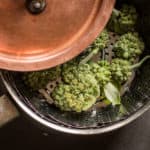
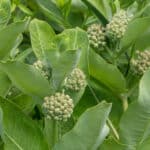
Micah
Best to leave the milkweeds for the monarchs. Native plants should not be consumed for your pleasure given the ecosystem loss causing major die offs
Alan Bergo
Hey Micah, I go out of my way to plant milkweed as food for me and monarchs on my property, as well as teaching others how to do it on theirs. Imagine if even 1% of everyone who had a garden did the same.
Milkweed can only be eaten by humans at specific stages, monarchs have a much wider time range they can eat from the plant.
This argument is outdated nearsighted, and Ive spoken to it ad-nauseum. There’s a long form essay on this topic specifically in my book, and on my longer post on milkweed.
Nature isn’t supposed to be a museum.
Dawn Archer
You are absolutely right! I cultivate & nurture the milkweed on my property. I probably use less than .5% of all the milk weed here there’s also probably 10 times more milk weed now as when I began living here. My presence is not a threat, but an asset to the milkweed and the creatures that feed from and lay eggs in it
Brian Forager
Milkweed flower buds can also be pickled in brine to make "milkweed capers." They retain even more of their green bean / asparagus essence. Use anywhere and anywhen you would use store-bought capers.
Alan Bergo
Yep. I posted about them about 8 years ago.
John
Tried them for the first time, just blanch and right to plate with salt and a little butter. Kind of had a similar taste like asparagus but more faint. Had fun picking them, and cooking them. I used them as a side of elk spaghettis and it was perfect.
Thanks for sharing!
John
Alan Bergo
Glad you liked them John. I just ate a bunch last night.
Finn
Thank you! I came upon your page searching for info on edible milkweed . Fantastic, informative and encouraging.
Alan Bergo
Thanks Finn.
Kathy
What is the nutritional value?
Alan Bergo
The nutritional value is, good. Milkweed is a traditional human food, and widely used by indigenous peoples. What could be more nutritious than the diet humans have consumed since the dawn of time? Sorry I'm not a nutritionist-I don't pretend to be.
Hans Toby
Great page, thanks. Very attractive and informative.
Alan Bergo
Thanks Hans.
Asim Kumar Parai
Is the Taste of milkweed buds ,bitter as neem or Corolla?
Coop
I've been eating milkweed buds since I was a kid more than 60 years ago. No, they have absolutely no bitterness, and Alan is right, they don't need multiple treatments with boiling water, just blanch once and then use in a recipe. If you think you have milkweed buds but they taste bitter, my advice is throw them out because you probably have something toxic like dogbane. I too have read multiple descriptions of the necessity of "getting rid of the toxic bitterness", but I can guarantee you, it ain't so. Milkweed buds aren't bitter even when raw, although I don't recommend eating them raw. Just another example of people copying and pasting one person's original mistake.
Alan Bergo
Exactly! Lots of old field guides will say they’re bitter or something like that, and it just isn’t true. Often prejudices like that come about from colonial perspectives of native foods, too.